OHY CHOISIR FANGKUAI?
Zhengzhou Fangkuai Boiler Sales Co., Ltd. est une filiale de Fangkuai Boiler Company, mainly
responsible for the domestic and foreign trade of Fangkuai Boiler.Fangkuai Headquarters Base
has a single-building R&D center, un laboratoire en état de fonctionnement complet et deux fabrications
végétaux, avec une zone de production de 120 000 mètres carrés. C'est l'entreprise leader dans
La Chine avec des capacités de traitement d'automatisation de chaudière, et ses produits sont exportés vers de nombreux
pays et régions.

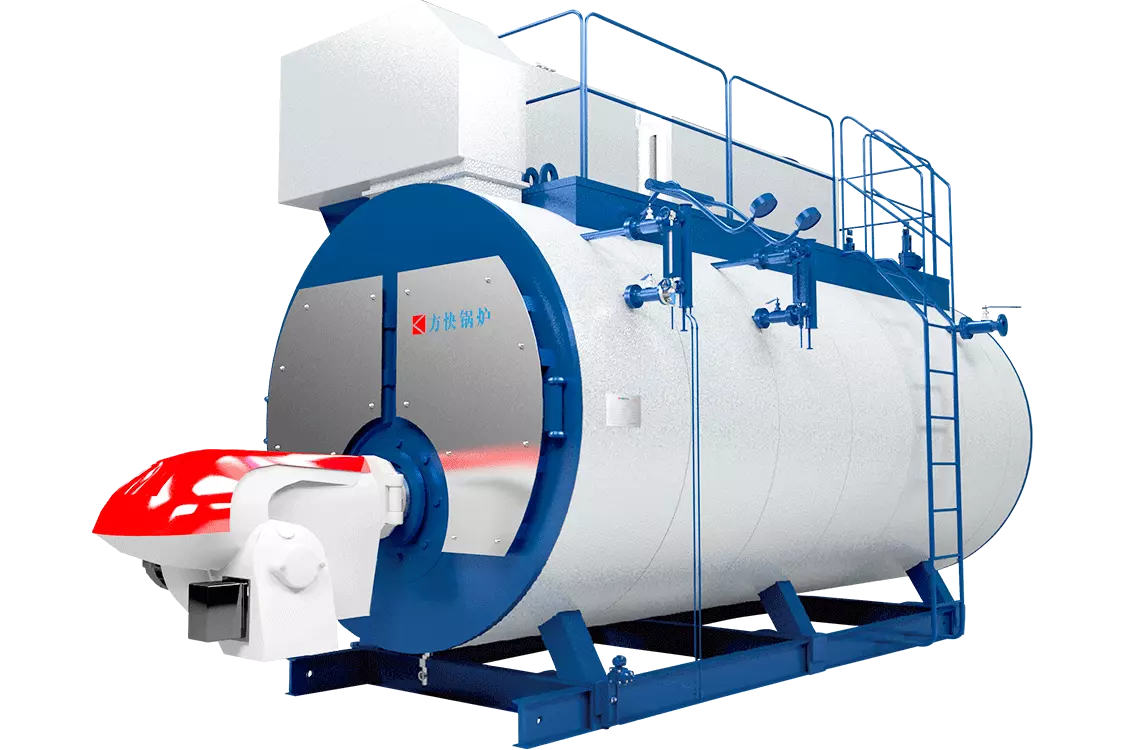
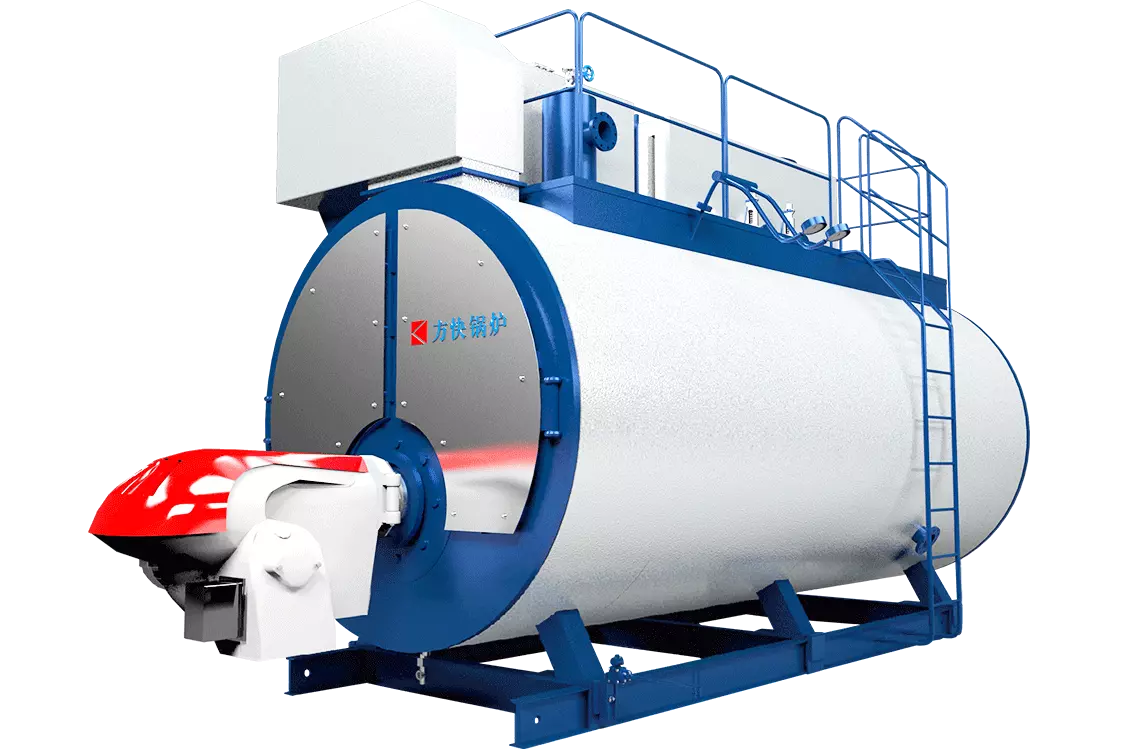

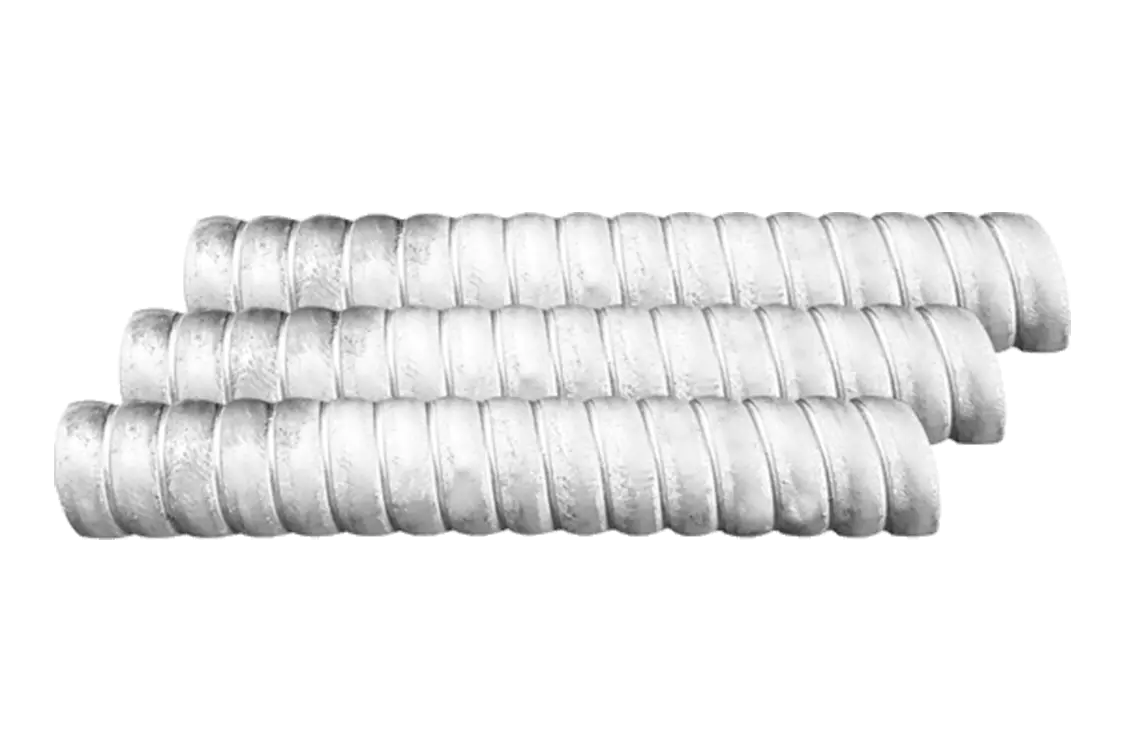
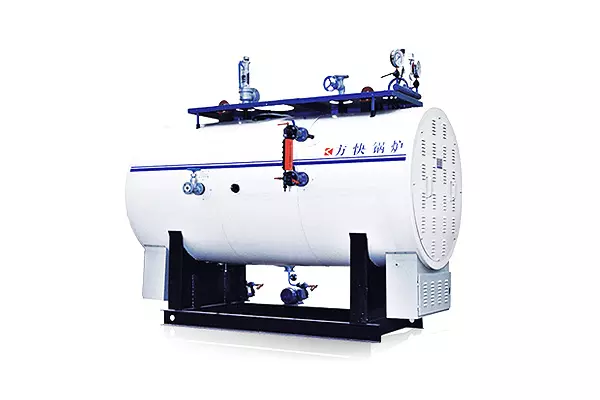
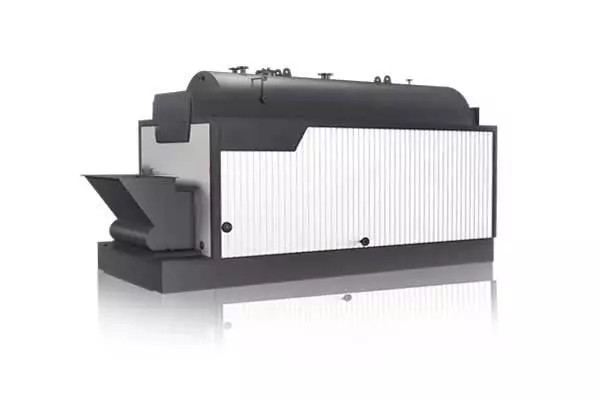
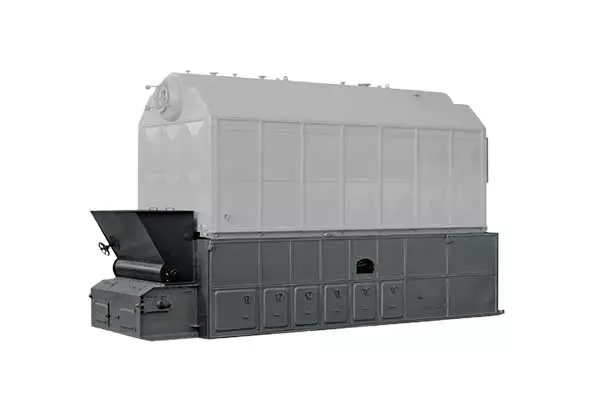
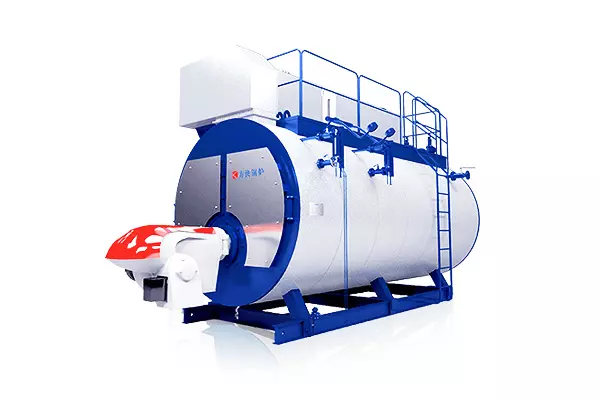
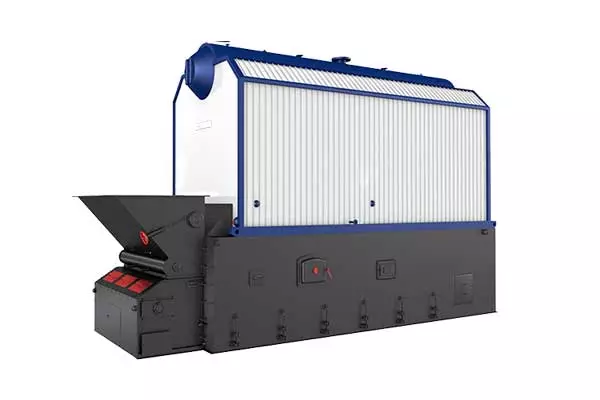
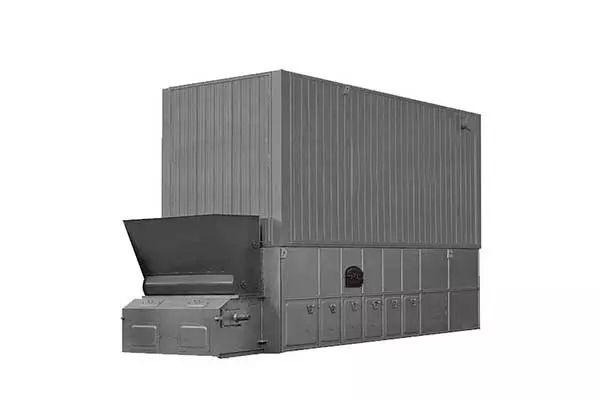
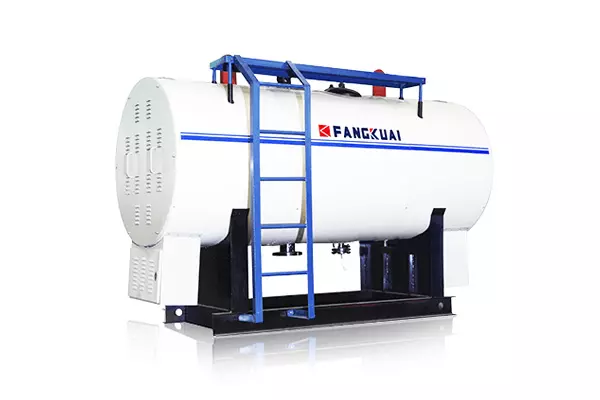
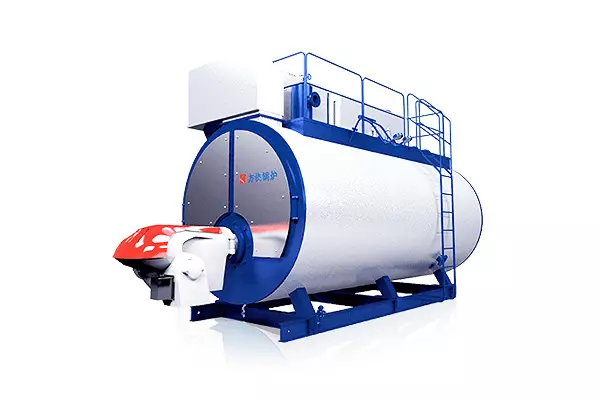
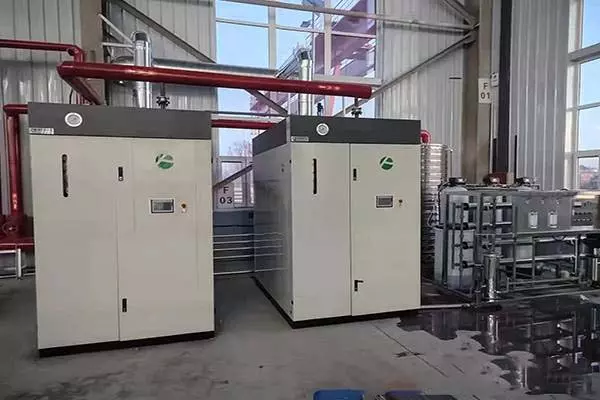
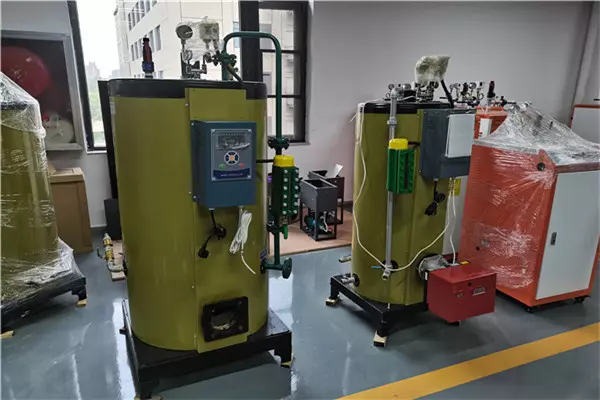
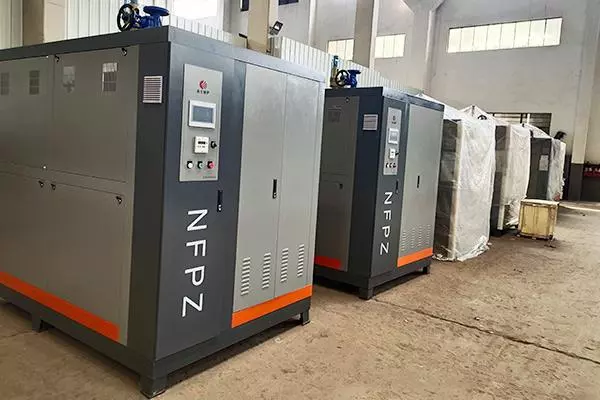
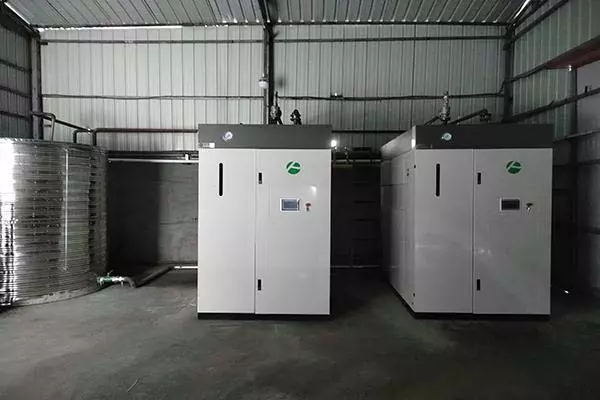
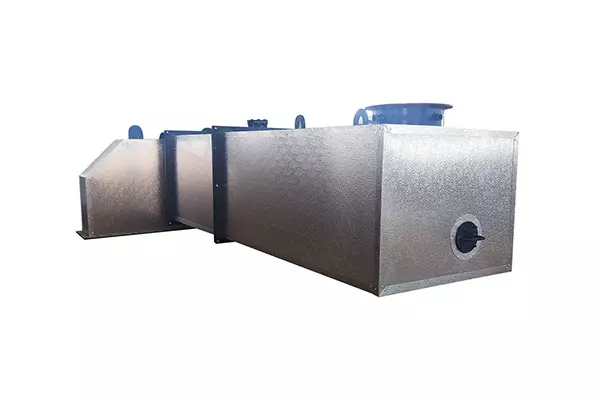
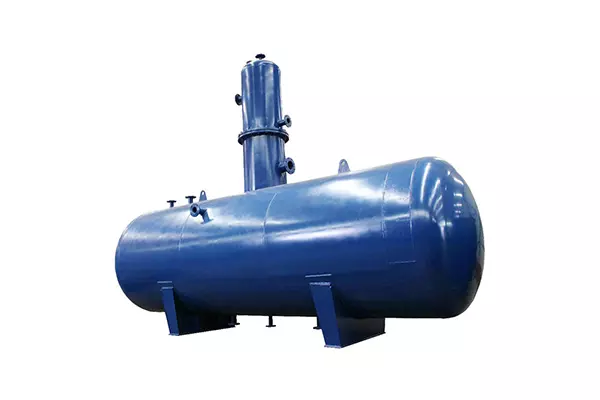
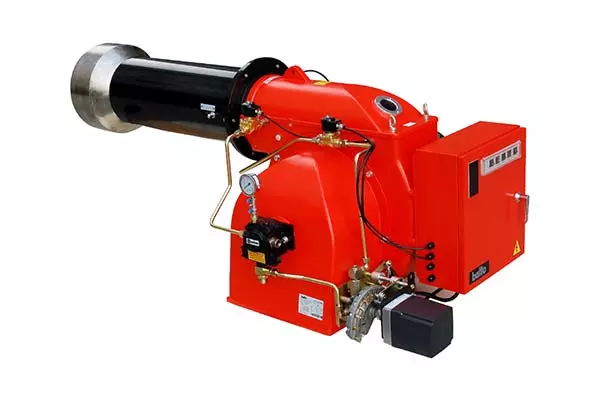
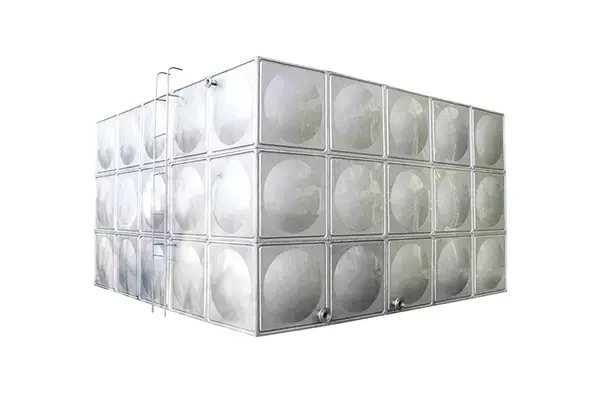
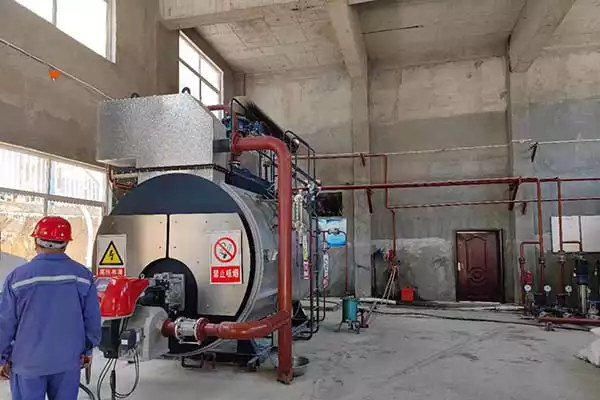
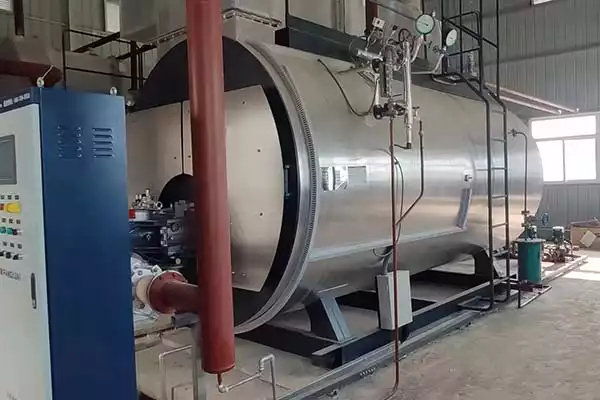
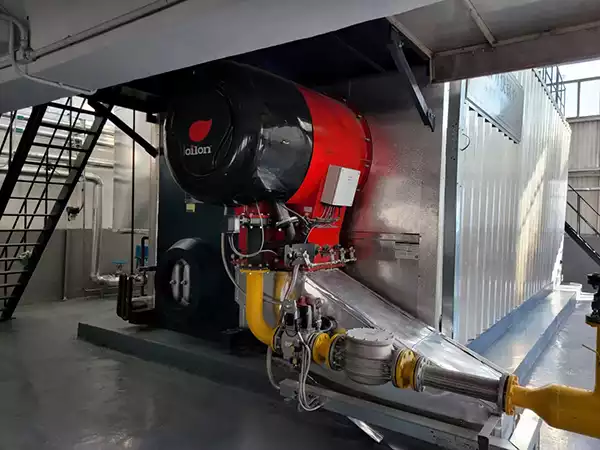
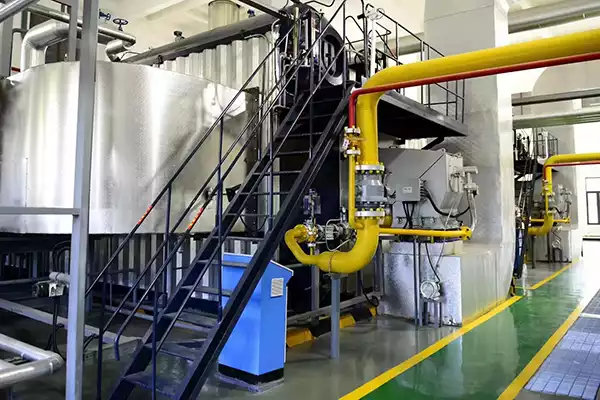
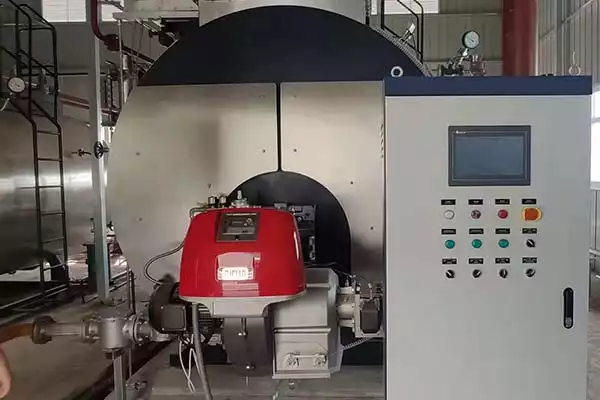
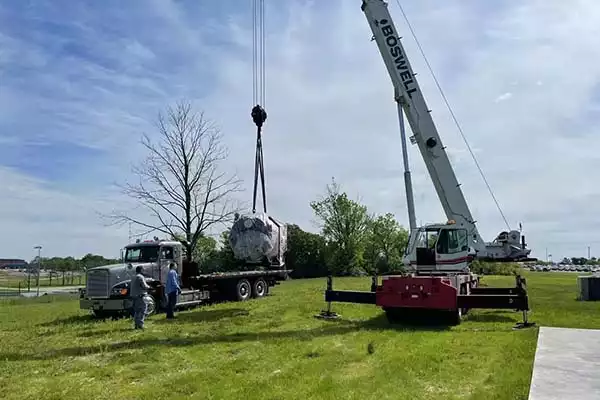
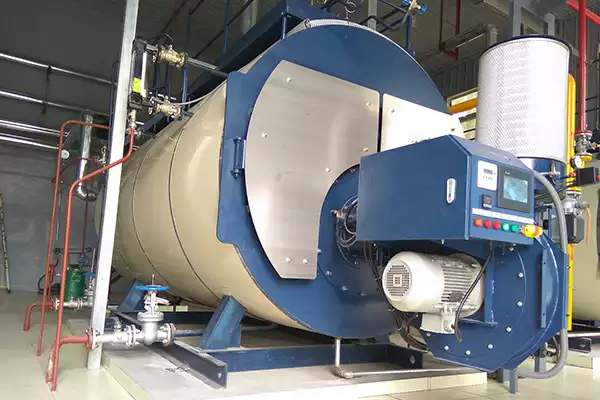
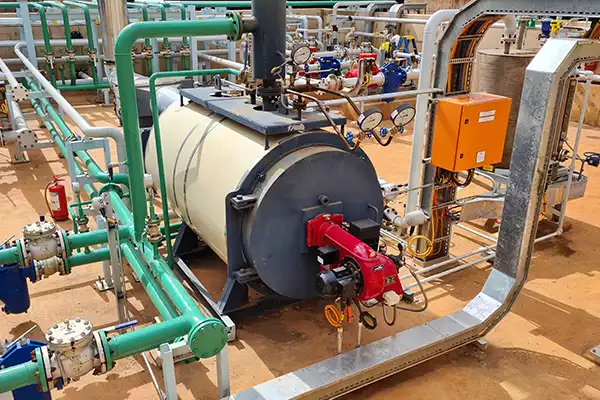



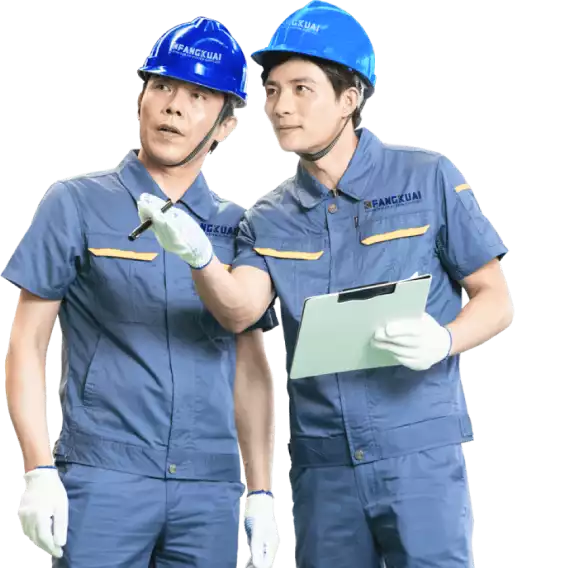

Vvoir les avis de nos clients
"Le service client de Fangkuai est de premier ordre. Ils m'ont aidé à choisir la chaudière parfaite pour mes besoins et m'ont fourni un excellent soutien tout au long du processus.. Le processus d'installation s'est également déroulé sans heurts et la chaudière a dépassé mes attentes. Il est très facile à utiliser et à entretenir, et l'efficacité énergétique est remarquable. Je recommande vivement les produits Fangkuai à tous ceux qui ont besoin de solutions de chauffage fiables et efficaces."
Juan
Mexique"La chaudière à vapeur de Fangkuai est parfaite pour mon entreprise de transformation alimentaire. Il répond à toutes nos exigences et est très fiable. La qualité des matériaux et la construction de la chaudière sont exceptionnelles. Il est également très facile à utiliser et à entretenir, ce qui nous a permis d'économiser du temps et de l'argent sur la maintenance. Je recommande vivement les chaudières à vapeur de Fangkuai à tous ceux qui ont besoin de solutions de chauffage fiables."
Json
Brésil"Je suis très impressionné par la qualité de la chaudière à eau chaude de Fangkuai. Il est construit pour durer et a dépassé mes attentes. Le processus d'installation s'est également déroulé sans heurts et le service client était excellent.. La chaudière à eau chaude est très facile à utiliser et à entretenir, et l'efficacité énergétique est remarquable. Je recommande vivement les chaudières à eau chaude de Fangkuai."
Jack
Australie"Je suis très impressionné par la qualité de la chaudière à eau chaude de Fangkuai. Il est construit pour durer et a dépassé mes attentes. Le processus d'installation s'est également déroulé sans heurts et le service client était excellent.. La chaudière à eau chaude est très facile à utiliser et à entretenir, et l'efficacité énergétique est remarquable. Je recommande vivement les chaudières à eau chaude de Fangkuai."
Jack
Australie"La chaudière à huile thermique de Fangkuai est très facile à utiliser et à entretenir. Cela nous a permis d'économiser du temps et de l'argent sur la maintenance, ce qui a permis de réaliser d'importantes économies. La qualité des matériaux et la construction de la chaudière sont exceptionnelles. Il est également très économe en énergie, qui nous a permis d'économiser de l'argent sur nos factures d'énergie. Je recommande fortement la chaudière à huile thermique de Fangkuai ."
Allen
Brésil"Les générateurs de vapeur de Fangkuai sont excellents. Ils sont très faciles à utiliser et nécessitent un minimum d'entretien. Le service client de Fangkuai est également exceptionnel. Ils sont très réactifs et toujours prêts à aider. L'efficacité énergétique des générateurs de vapeur est également remarquable, qui m'a aidé à économiser sur mes factures d'énergie. Je recommande fortement les générateurs de vapeur de Fangkuai."
Marie
Espagne"Les générateurs de vapeur de Fangkuai sont excellents. Ils sont très faciles à utiliser et nécessitent un minimum d'entretien. Le service client de Fangkuai est également exceptionnel. Ils sont très réactifs et toujours prêts à aider. L'efficacité énergétique des générateurs de vapeur est également remarquable, qui m'a aidé à économiser sur mes factures d'énergie. Je recommande fortement les générateurs de vapeur de Fangkuai."
Marie
Espagne"Le service client de Fangkuai est de premier ordre. Ils m'ont aidé à choisir la chaudière parfaite pour mes besoins et m'ont fourni un excellent soutien tout au long du processus.. Le processus d'installation s'est également déroulé sans heurts et la chaudière a dépassé mes attentes. Il est très facile à utiliser et à entretenir, et l'efficacité énergétique est remarquable. Je recommande vivement les produits Fangkuai à tous ceux qui ont besoin de solutions de chauffage fiables et efficaces."
Juan
Mexique"Nous utilisons la chaudière à huile thermique Fangkuai pour notre usine chimique depuis des années et elle ne nous a jamais laissé tomber. La chaudière est très durable et peut résister à des conditions difficiles. Il est également très facile à utiliser et à entretenir, ce qui nous a permis d'économiser du temps et de l'argent sur la maintenance. Les chaudières à huile thermique de Fangkuai sont de premier ordre et je les recommande vivement à tous ceux qui ont besoin de solutions de chauffage fiables."
Chang
Chine